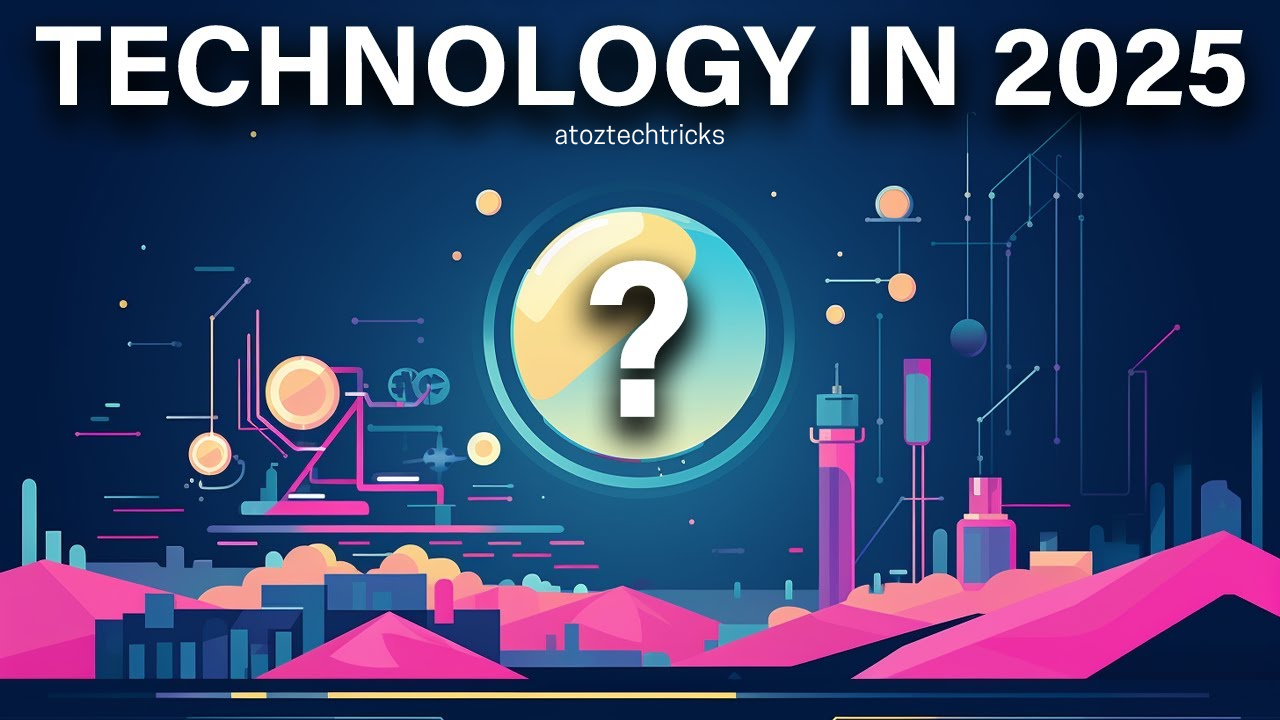Gaming gadgets have undergone remarkable transformations since the inception of electronic gaming. From the early days of simple arcade machines to today’s advanced virtual reality systems, the evolution of gaming gadgets reflects the technological advancements and changing preferences of gamers. This article explores the history and development of gaming gadgets, highlighting key milestones and innovations that have shaped the gaming industry.
Introduction
The journey of gaming gadgets is a testament to human ingenuity and the relentless pursuit of better entertainment experiences. Understanding the evolution of these devices provides insight into how gaming has become a central part of modern culture and technology.
The Early Days: Arcade Machines and Home Consoles
1. The Birth of Arcade Machines
Arcade machines were the pioneers of electronic gaming, captivating players in the late 1970s and early 1980s. Key milestones include:
- Pong (1972): One of the first arcade games, created by Atari, which became a massive hit and laid the foundation for the gaming industry.
- Space Invaders (1978): Revolutionized arcade gaming with its engaging gameplay and became a cultural phenomenon.
- Pac-Man (1980): Introduced character-driven gameplay and became an iconic symbol of the gaming world.
2. The Rise of Home Consoles
The introduction of home consoles brought gaming into living rooms, making it more accessible. Key developments include:
- Atari 2600 (1977): Popularized home gaming with its interchangeable cartridges and wide range of games.
- Nintendo Entertainment System (NES) (1983): Resurrected the gaming industry after the 1983 crash, introducing iconic franchises like Super Mario and The Legend of Zelda.
- Sega Genesis (1988): Competed with the NES, offering advanced graphics and sound capabilities.
The Golden Age of Consoles
1. The 16-bit Era
The 16-bit era marked significant improvements in graphics and gameplay complexity. Notable consoles include:
- Super Nintendo Entertainment System (SNES) (1990): Enhanced graphics and sound, with a strong library of classic games.
- Sega Genesis: Continued to compete with the SNES, leading to the famous “console wars” of the early 1990s.
2. The 32-bit and 64-bit Revolution
The mid-1990s saw the transition to 32-bit and 64-bit consoles, bringing 3D graphics and more immersive experiences. Key consoles include:
- Sony PlayStation (1994): Introduced CD-based games, significantly increasing storage capacity for more complex games.
- Nintendo 64 (1996): Famous for its 3D gaming capabilities and classics like Super Mario 64 and The Legend of Zelda: Ocarina of Time.
- Sega Saturn (1994): Known for its advanced 2D graphics capabilities but struggled against the PlayStation.
The Modern Era: High-Definition and Online Gaming
1. The Sixth Generation
The early 2000s marked the era of high-definition gaming and the rise of online connectivity. Notable consoles include:
- Sony PlayStation 2 (2000): Became the best-selling console of all time, with a vast library and DVD playback capabilities.
- Microsoft Xbox (2001): Entered the market with a focus on powerful hardware and online gaming through Xbox Live.
- Nintendo GameCube (2001): Known for its unique design and strong first-party titles.
2. The Seventh Generation
The seventh generation introduced motion controls and further emphasized online gaming. Key consoles include:
- Sony PlayStation 3 (2006): Offered Blu-ray playback and high-definition graphics.
- Microsoft Xbox 360 (2005): Excelled in online gaming with Xbox Live and introduced the Kinect motion sensor.
- Nintendo Wii (2006): Revolutionized gaming with its motion-sensing controllers, attracting a broader audience.
The Current Generation: Immersive and Connected Gaming
1. The Eighth Generation
The current generation continues to push the boundaries of graphics, connectivity, and immersive experiences. Notable consoles include:
- Sony PlayStation 4 (2013): Focused on social features and streaming capabilities.
- Microsoft Xbox One (2013): Integrated entertainment features and continued to innovate with Xbox Game Pass.
- Nintendo Switch (2017): Combined home and portable gaming, becoming a massive success with its versatile design.
2. The Ninth Generation
The latest generation of consoles has set new standards for performance and immersive experiences. Key consoles include:
- Sony PlayStation 5 (2020): Offers ultra-fast SSD storage, ray tracing, and a new DualSense controller with advanced haptic feedback.
- Microsoft Xbox Series X and Series S (2020): Focuses on high performance, backward compatibility, and a subscription-based gaming model with Xbox Game Pass.
The Rise of Mobile and VR Gaming
1. Mobile Gaming
The proliferation of smartphones and tablets has made mobile gaming a dominant force in the industry. Key developments include:
- App Stores: Platforms like the Apple App Store and Google Play have democratized game distribution.
- Freemium Model: Popularized by games like “Candy Crush” and “Clash of Clans,” allowing free play with in-app purchases.
2. Virtual Reality (VR) Gaming
VR gaming has created new immersive experiences, with major advancements in recent years. Key VR devices include:
- Oculus Rift (2016): Pioneered modern VR gaming with a high-quality immersive experience.
- PlayStation VR (2016): Brought VR to the console market with a more accessible price point.
- Oculus Quest (2019): Offered a standalone VR experience, removing the need for a connected PC.
The Future of Gaming Gadgets
The evolution of gaming gadgets shows no signs of slowing down, with several trends shaping the future:
- Cloud Gaming: Services like Google Stadia and Xbox Cloud Gaming aim to stream games directly to devices, reducing the need for powerful hardware.
- 5G Technology: Promises faster and more reliable connections, enhancing mobile and online gaming experiences.
- Augmented Reality (AR): Games like “Pokémon GO” have shown the potential of AR, with more innovations expected in this space.
The evolution of gaming gadgets is a fascinating journey of technological innovation and changing gamer preferences. From the early days of arcade machines to the immersive VR experiences of today, each era has brought new advancements that have enriched the gaming landscape. As technology continues to evolve, the future of gaming gadgets promises even more exciting developments, pushing the boundaries of what is possible in interactive entertainment.



